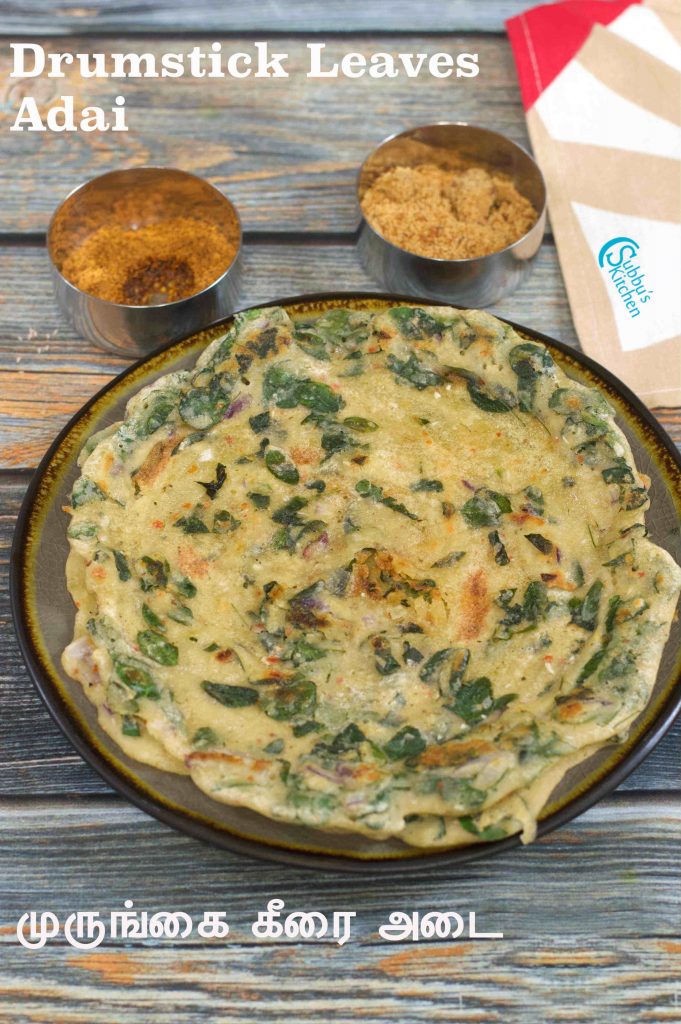Other Chutney Varieties to try:
Restaurant Style Coriander Chutney Recipe | Kothamalli Chutney Recipe

Restaurant Style Coriander Chutney is always so special. The bright rich green color of the coriander along with its strong flavor makes this chutney a wonderful accompaniment for Idli/dosa.
- 2 Cups Coriander Leaves (Tightly Packed)
- ¼ Cup Mint Leaves (optional)
- 2 Green Chili
- Salt (To Taste)
- 2 tbsp Grated Coconut
- 1" Piece Ginger
- 2 Garlic cloves
- ¼ tsp Turmeric Powder
- 2 tbsp Roasted Gram Dal (Pottukadalai / Dhaliya)
For Tempering
- 1 tsp Coconut Oil
- 1 tsp Mustard seeds
-
Discard the stem and pluck the leaves from the coriander leaves bunch. Wash it thoroughly.
-
Take the coriander leaves, coconut and rest of the ingredients to the mixer. Grind them everything to a nice paste by adding water little by little.
-
Take the coriander chutney in a bowl . Finally season with mustard seeds. (I have added few curry leaves, but its optional.. if you like the flavour of curry leaves then you may want to add few curry leaves.)
-
Serve the ddelicious Coriander Chutney with Idli / Dosa
- Roasted Gram is optional. Roasted gram gives thickness to the chutney.
- We can make it much more healthier by adding curry leaves along with coriander and mint leaves
- We can refrigerate to use it for couple of days. Serve with Idli/Dosa/Vada/Uttapam.
 |
| Restaurant Style Coriander Chutney Recipe |
Method with Step by Step Pictures:
- Discard the stem and pluck the leaves from the coriander leaves bunch. Wash it thoroughly. Take the coriander leaves, coconut and rest of the ingredients to the mixer. Grind them everything to a nice paste by adding water little by little. Take the coriander chutney in a bowl . Finally season with mustard seeds. (I have added few curry leaves, but its optional.. if you like the flavour of curry leaves then you may want to add few curry leaves.)
- Serve the delicious Coriander Chutney with Idli / Dosa
 |
| Restaurant Style Coriander Chutney Recipe |
The post Restaurant Style Coriander Chutney Recipe appeared first on Subbus Kitchen.













































































































































































